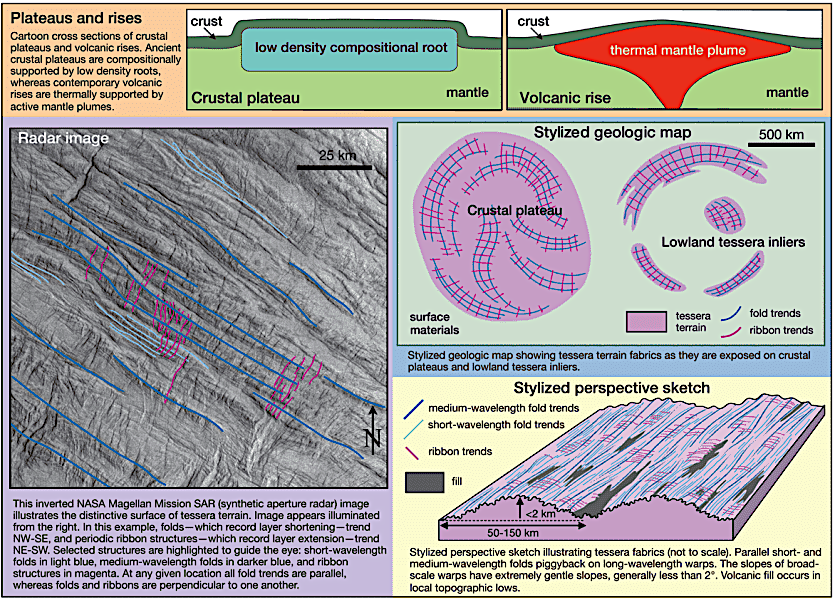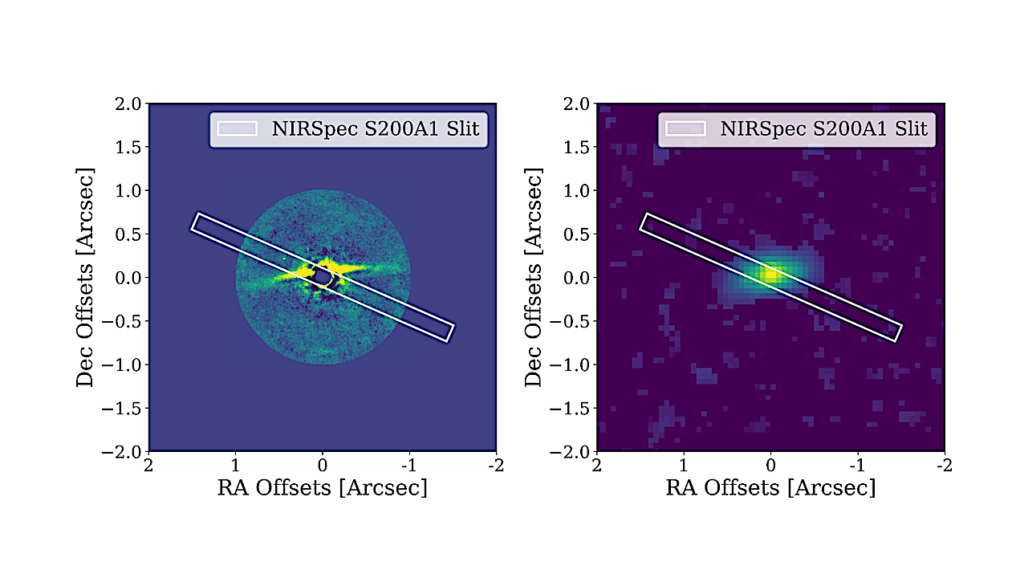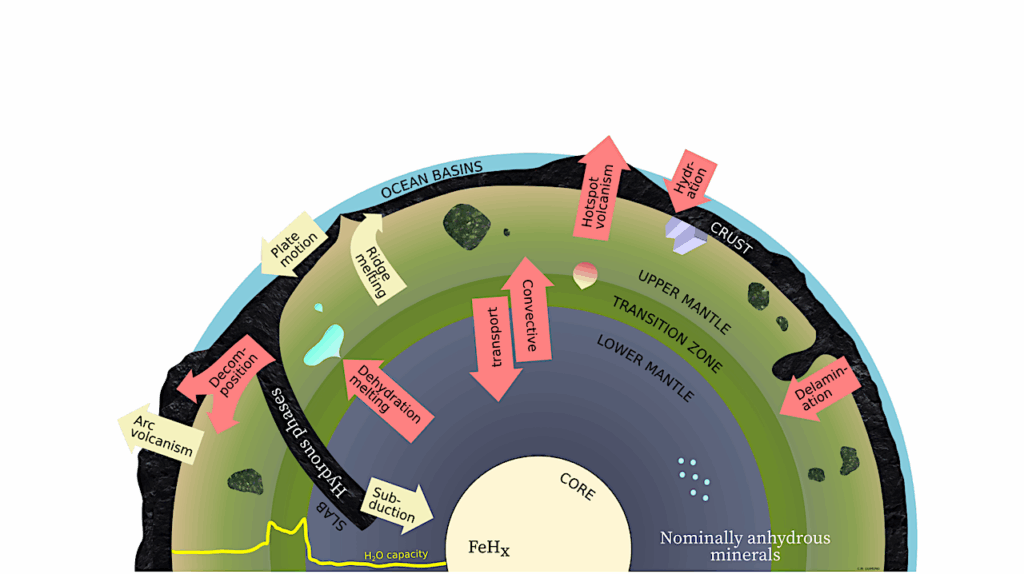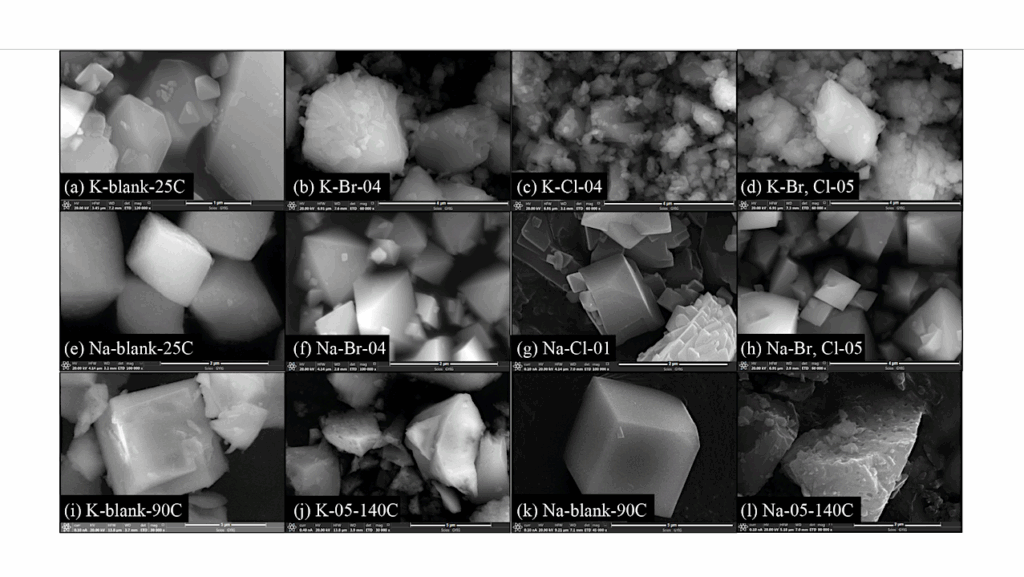Looking For Ancient Rock Beyond Earth

Earth’s continents are each different and have changed through time, but they all have one thing in common — the presence of one or more cratons, forming their ancient nuclei. These very stable and ancient geologic formations are composed of two parts: an upper shield of granite-greenstone terrains and deeper basement rock.
Archean cratons formed ~4 to 2.5 billion years ago, and they may predate both plate tectonics and most of Earth’s life forms. Cratons survived, although somewhat battered, over the eons of Earth’s history once plate tectonics took hold, with plates spreading, colliding, and plunging beneath one another. Seeking out these ancient features is PSI senior scientist Dr Vicki Hansen, and she isn’t just searching for cratons on Earth!
Hansen tells her own journey of discovery in a new article in the journal Elements, “The Quest for Extraterrestrial Cratons.” In a tour de force of our Solar System, Hansen discusses, world by world, why cratons appear to be absent on surfaces ranging from the crater-dominated Moon and Mercury, to the too-young-for-cratons surface of Io, and beyond.
Only one world stands out as a possible exception — Earth’s sister Venus. Venus never developed plate tectonics and, therefore, potential cratons on Venus might be more pristine than those of Earth. Venus’ crustal plateaus, characterized by distinctive ‘tessera terrain’ may be the best analog to Archean cratons our Solar System has to offer.
According to Hansen, “Venus and Earth were most alike in their earliest years, say 4-2.5 billion years ago; and because Venus never developed plate tectonics, the surface of Venus may preserve a ‘baby book’ to serve as a stand-in for Earth’s, providing critical clues to fundamental processes operative during Earth’s formative years.”

Venus’s crustal plateaus and its distinctive tessera terrain are believed to be the oldest features on Venus. Tessera is defined by wide folded terrain criss-crossed by ribbon structures. Hansen describes them as forming from vast lava ponds formed when large impactors battered Venus’ ancient surface. Today, the history of our solar system just might be locked in these two very separate and yet very similar terrains. To learn more, check out Hansen’s very readable article.
The ancient Tessera terrain of Venus may, like Earth’s archean cratons, contain the oldest rock in our solar system.
Image credit: Dr Vicki Hansen
Astrobiology,








